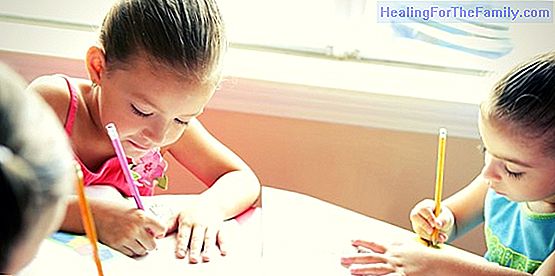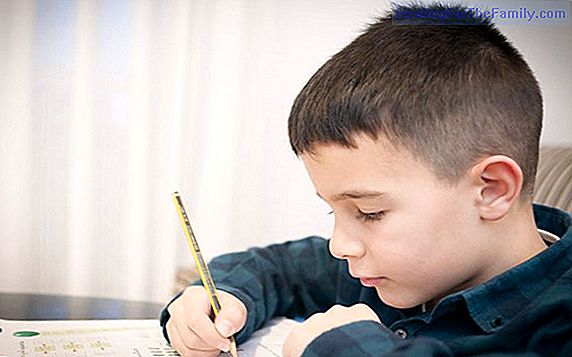Children's dysphonia: what it is and how to prevent it
We can define dysphonia as the momentary or lasting alteration of one or more of the parameters of the voice (timbre, intensity and tonal height, fundamentally). It corresponds with the typical hoarseness that we unduly call aphonia, since it consists in the total loss of the voice. Why dysphonia oc
We can define dysphonia as the momentary or lasting alteration of one or more of the parameters of the voice (timbre, intensity and tonal height, fundamentally). It corresponds with the typical hoarseness that we unduly call aphonia, since it consists in the total loss of the voice.
Why dysphonia occurs in childhood

Factors that cause this affectation can be environmental (noise, pollution, environmental dryness, presence of laryngeal irritants or allergens, artificial air conditioning, ...), although in most cases it has its cause in behaviors of misuse or vocal abuse (vocal overexertion, excessive speaking time, loud volume and / or tone, etc.).
In these cases, and especially when dealing with children, we usually have functional dysphonia, because the voice is altered without there being an organic lesion in the phonatory organs. However, if these erroneous habits are not corrected, problems such as nodules or polyps could arise, which may require surgical intervention.
Symptoms of dysphonia in children
For this reason it is important that we learn to identify the symptoms and, above all, some guidelines for vocal prevention. Symptoms of dysphonia If you find that your child has some of these symptoms, you may have a voice problem. But calm: if it is stopped in time, it can be solved without major difficulties and recover the qualities of his voice.
- Carraspera or non-productive cough.
- Vocal fatigue after a short effort of voice.
- Acute or chronic irritation of pharyngo-larynx.
- Foreign body sensation.
- Stiff throat, dryness.
- Pain and / or hypertension of the cervical musculature.
- Increased phlegm.
- Sensation of effort when speaking.
- End of inaudible phrases, with a feeling of suffocation.
- Acute or chronic hoarseness.
- Difficulty to sing.
- Repeated loss of voice.
- Variation of intensity and tone throughout the day.
- Voice "clean" in the morning and "fogged" at night.
How to prevent dysphonia in children
Below are some actions that can be implemented easily, within the daily routine, and that will help replace bad habits with other vocal care and hygiene practices.
- Try to have a quality rest, sleeping approximately 10 hours.
- Keep a nasal breathing, instead of a buccal, diaphragmatic type.
- Make them drink water assiduously, through short but frequent sips.
- If they do not have a productive purpose, avoid unnecessary coughing and coughing.
- Maintain good nasal, dental and also ear hygiene.
- Watch that they do not abuse making imitations or "voices", with which they force their voice.
- Treat respiratory or allergic infections as soon as possible.
- Devote a daily time of vocal rest, in complete silence.
- Avoid shouting but, also, the monotonous voice like that of whispering. Al - When speaking, make short sentences that allow you to take breaks in which you can breathe and not exhaust the air.
- Limit the intake of foods and drinks too cold or hot.
- Vocalize properly, avoiding speaking with your mouth busy (for example, chewing gum).
- Do not talk long distance (very common in the yard); approach to be heard.
-
Do not use the voice in states of physical exhaustion. - Do not talk while doing a physical exercise and wait until the breath has calmed down (as happens, for example, in Physical Education classes).
In any case, if we find that our child has voice problems on a regular or chronic basis, we must go to a professional to make a thorough assessment and determine the therapeutic needs of the case.












